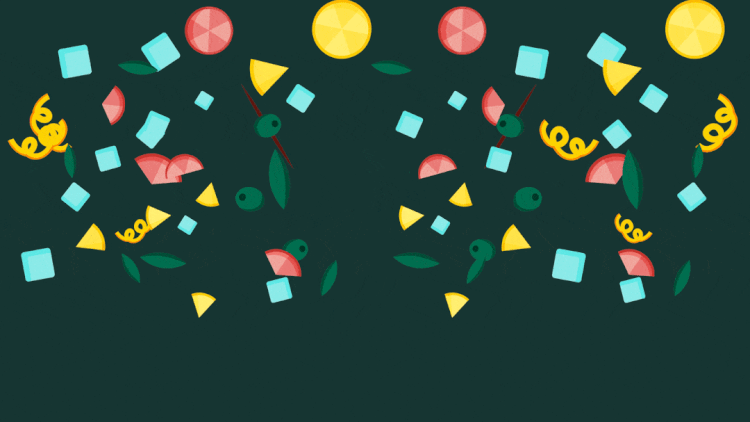Using boredom to unlock creativity.
Using boredom to unlock creativity.

Two weeks ago, I found myself in a creative rut trying to come up with the “big idea” for a client’s brand campaign. Sitting at my computer, I attempted to stimulate my brain in every way possible, desperately reaching for that lightbulb moment. You know, losing myself down the Pinterest rabbit hole. Foot-tapping to the discography of Otis Redding. Reddit. Instagram. A video of Jake Gyllenhaal talking about the nuances of what makes a great sourdough starter. Nothing was getting those creative juices flowing.
I was frustrated. What I was experiencing wasn’t quite writer’s block; I was coming up with lowhanging fruit ideas, but they weren’t it. I knew I could do better, but I didn’t know how to. So I took a step back and thought about what I was doing when the seeds of winning concepts for previous campaigns came to me—and I noticed a pattern. The NFL: showering (weird, I know). The CW: vacuuming. Freeform: folding laundry.
Was it just coincidence that the best ideas came to me when I wasn’t looking for them? As it turns out, no. Numerous studies, articles, and TED Talks all support the idea that boredom can stimulate creativity.
Sandi Mann, senior psychology lecturer and author of The Upside of Downtime: Why Boredom Is Good, explains that when we’re bored or performing mindless tasks, our brains “search for neural stimulation that isn’t satisfied. If we can’t find that, our mind will create it.”
Journalist Manoush Zomorodi expressed a similar sentiment in her TED Talk. She asserts that when we get bored, our brains go into “default mode.” It’s here—when our bodies are on auto-pilot—that the brain “connects disparate ideas and solves some of our most nagging problems.”
A study from the Academy of Management Discoveries further supports this idea: people who performed a “boring” task (in this case, sorting a bowl of beans by color) later performed better on an idea-generating task than peers who first completed a more creative activity.
Hell, even Steve Jobs said that “boredom allows one to indulge in curiosity.”
It took me over a decade working in creative marketing to realize that often I’m at my best when my mind is occupied with “nothing.” I can’t say I look forward to sweeping the floor, folding my laundry, cleaning out the fridge, or staring at a TV that’s not on. But carving out time for activities that let my mind wander is something I now build into my work-from-home routine. I don’t do this to unearth a specific creative solution for a particular assignment, but rather to allow my mind to go into “default mode” and see where it takes me.
Of course, the big challenge today is that we’re less bored than ever. Later in Zomorodi’s TED Talk, she states that, on average, people “switch tasks every 45 seconds while working.” Add to this the fact that the likes of BuzzFeed, Facebook, Twitter, Instagram, and Reddit are specifically designed to help us avoid boredom. Our brains are firing on all cylinders all the time. But maybe they shouldn’t be.
So, how can you get on-bored? (Sorry, I had to.) It’s pretty simple, not surprisingly. Boredom, as Mann states, is achieved through an “activity that requires little or no concentration…without music or stimulation to guide it.” I find this last point to be especially important. If I’m doing a menial task with the TV on, I find my mind is led down a specific path. Only when there’s no background noise does sweet, sweet boredom truly set in. Then it’s just me and those damn fitted sheets that I cannot, for the life of me, figure out how to fold. Oh, what a time suck, and what beautiful boredom bliss.
There are a couple caveats. Studies have shown that boredom doesn’t stimulate creativity in all people, and that “purposely tranquil activities” like Yoga may not have the same impact, according to Mann. And to be clear, I’m not arguing to only rely on “boredom” for a creative spark; I’ve come up with just as many ideas grinding away at my desk. But that’s exactly the point. For how much time I spend working in the traditional sense (8 hours/day) vs. being in full-on zombie mode (a couple hours/week), I sure get a lot of creative bang for my buck when I let “nothing” take the wheel.
I guess what I’m trying to say is, if you’re searching for the creative spark for that big campaign idea, design solution, or pithy copy line, your best approach may just be getting bored out of your mind.
Stay in touch with your compadres
